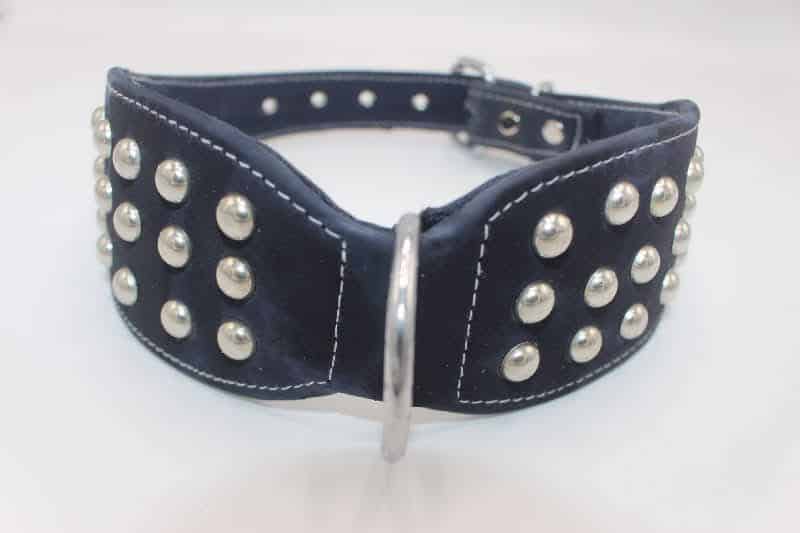No products in the cart.
News
Best Collar For The Dog Who Pulls
Dog training can be tedious and time-consuming, but with the right tools and patience, it can be very rewarding. If you’re looking for a way to help your dog learn to stay calm and stop pulling on the leash, consider using a collar. There are many types of collars available on the market, so it’s important to find one that is comfortable for you and your dog. This article will discuss some of the best collars for a dog who pulls and provide tips on choosing the right one for your pet.
What is a collar for a dog who pulls?
A collar for a dog who pulls can help stop the behavior. Aversive Collars use an electric current to make the dog anxious, usually stopping the behavior. Training your dog with positive reinforcement and plenty of patience is usually more effective than using an aversive collar.
There are different types of collars available, so be sure to choose the one that is most effective for your dog. Some people also use a harness to help restrain the dog.
The Types of Collars for Dogs Who Pull
There are a few different types of collars for dogs who pull, each with its benefits. A conventional buckle collar can prevent your dog from pulling, but it can be difficult to put on and take off. A slip lead collar is a good option if you’re looking for an easy way to control your dog while out walking, as they can be attached and detached easily.
However, they’re not as effective at preventing your dog from pulling as a buckle collar, so it’s important to choose the right size for your dog.
Finally, pinch collars are designed to stop your dog from pulling by applying pressure to its neck. They can be quite controversial, as some people believe they’re cruel and abusive, but if used correctly, they can be very effective in stopping your dog from pulling.
The Best Collar for a Dog Who Pull
You know how frustrating it can be if you have a dog who loves to pull. You may be tempted to try training methods like verbal commands, corrections, or physical punishment, but these might not be the best solution for your dog.
In fact, they might actually make things worse! If you want to find a collar that will stop your dog from pulling on the leash, here are three recommendations that should fit the bill.
First, consider getting a collar with a vibrating function. This will help keep your dog in check by making you aware of your surroundings and reminding you not to pull. You can also buy collars with sound effects that will create a distraction for your dog while you’re walking.
Finally, consider getting a retractable leash to easily walk your dog without constantly restraining. All three options are effective and will help prevent your dog from pulling on the leash.
How to Measure Your Dog for a Collar?
You’ll need to measure a few things to find the best collar for your dog who pulls.
Your dog’s neck size is one thing you’ll want to consider when selecting a collar. The thicker the collar, the more pressure it will place on the neck, so if your dog tends to pull, a thinner collar may be more comfortable. You’ll also want to consider your dog’s weight when choosing a collar- the thicker the collar, the more weight it can support.
Another factor to consider is whether or not your dog has a temperament that inclines them toward pulling. Some dogs are naturally more prone to pulling than others, so it may be helpful to consult your veterinarian or a pet behavior specialist before making any decisions about collars. In addition, some collars have features that can help discourage pulling behavior-for example, vibrating buzzers give off a mild stimulation when activated.
How to put on a collar for a dog who pulls?
A few different types of collars can be put on a dog who pulls. A buckle collar is the simplest type and can be worn in seconds. It relies on the dog’s neck being pulled tight against the collar, which stops from pulling. If a dog pulls too hard, the collar can become uncomfortable and slip off.
A pinch collar works similarly but uses pressure to stop the dog from pulling. This type of collar should only be used if you have experience putting it on a dog and know how to do it correctly, as it can be very painful if done incorrectly.
An electronic leash may be necessary if a buckle or pinch collar doesn’t work. An electronic leash emits an electric shock if the dog tries to pull, which will stop in its tracks. There are also retractable leashes that use electromagnetic technology to stop the dog from pulling.
What to do if your dog continues to pull after using the collar
You can do a few things to help stop your dog from pulling.
First, make sure you use the correct collar for your dog’s size and behavior.
Second, be consistent with using the collar. If you use it only when your dog is bad, they will eventually associate the collar with good behavior and stop pulling.
Finally, praise your dog when they stop pulling and give them treats as a reward. With these tips, you should be able to get your dog to stop pulling on the leash!
Conclusion
It can be difficult to prevent your dog from pulling on the leash, especially if they are inclined to do so. If your dog tends to pull on the leash a lot, you might want to consider purchasing a collar specifically designed for dogs who pull. These collars come with adjustable straps and loops that help restrain your dog while allowing enough freedom of movement to walk properly.


